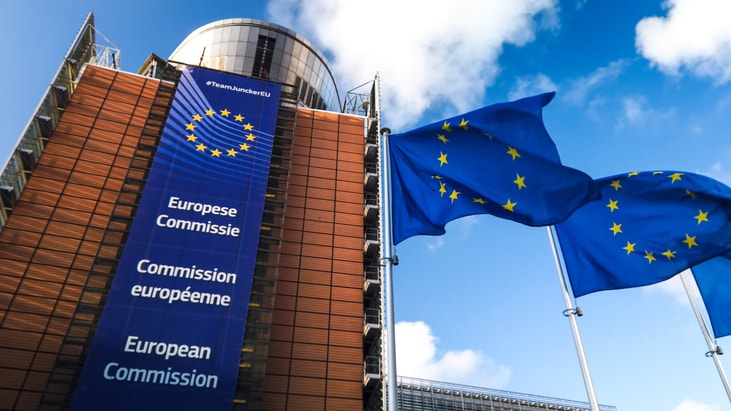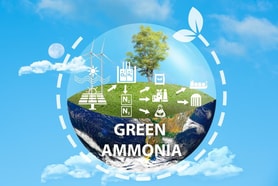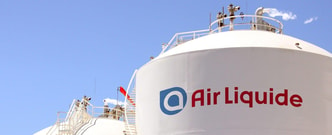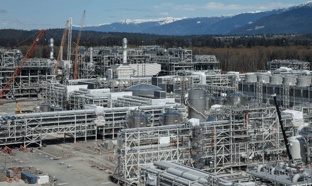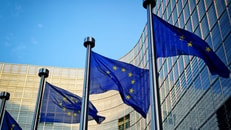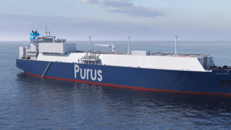Europe makes renewables progress but tied to fossil fuels
Europe’s renewable power installation is at record highs but the continent’s imports continue to be weighted in favour of fossil fuels, according to the EU’s State of Energy report.
The warning came despite wind and solar rising to new highs, overtaking fossil fuels in Europe’s electricity mix for the first time.
Energy Commissioner Kadri Simson said, “We have made impressive progress in the past five years, but it is the next five that are really critical to our clean energy transition, to our fulfilment of the Paris Agreement commitments, and to the prosperity of our citizens and the competitiveness of our industry.”
“We continue to import too much fossil fuels. Europe needs to rely on more domestically produced clean energy, and import less fossil fuels, to ensure competitiveness, security of supply and the EU’s energy sovereignty and economic resilience.”
... to continue reading you must be subscribed

